5 Steps On How To Teach Your Dog To Play Fetch
* This post contains affiliate links, and we will be compensated if you buy after clicking on our links.
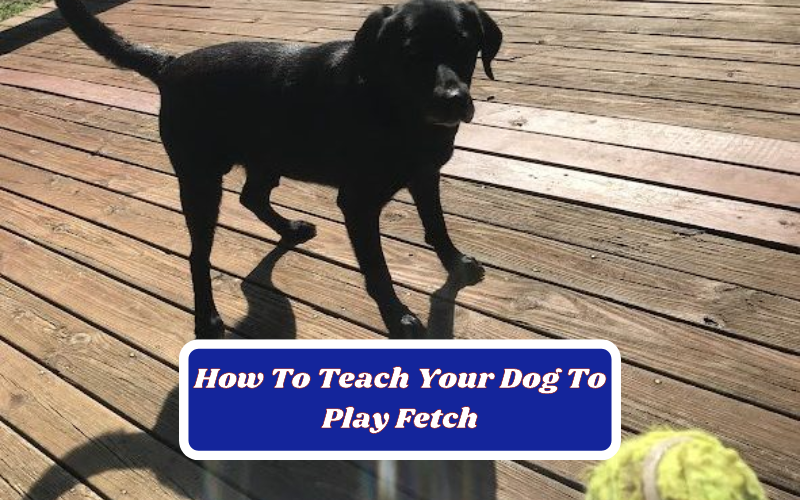
Both you and your pet will enjoy and benefit from a game of fetch. However, not all dogs pick it up right away.
While some dogs love to run after a ball or toy, others might not understand it
It might even take some time and effort to teach your dog how to play fetch. But don’t worry because once your dog knows how to play fetch it will result in more exercise and stronger bonds between you and your dog.
So what are the steps to teaching your dog how to play fetch? You should incentivize your dog to go after the item you want him to fetch. When he takes it, give him a treat as a reward before taking it away. Once you’ve done this a few times, throw the item a short distance. Reward him once more as soon as they attempt it. Until you can toss the object and get him to chase it consistently, repeat the process.
Now don’t worry if that seems overwhelming because in this article we will break down how to teach your dog to play fetch.
Ready to get started? Let’s go!
Bonus Tips for Playing Fetch
- Using Words
- Run with your dog
- Getting the toy back
- Advanced Fetch
Getting The Perfect Dog Toy For Your Furry Friend
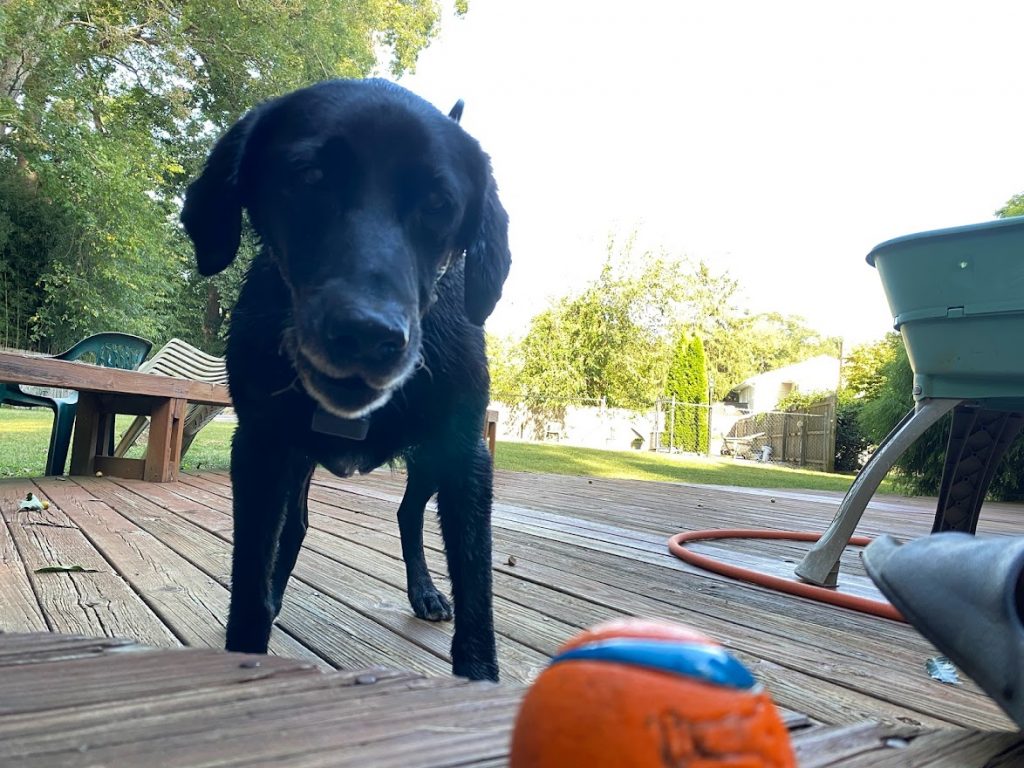
Even though tennis balls are the standard toy for fetch, not all dogs will be interested in this kind of toy and that’s okay.
And if you want to learn how to teach your dog to play fetch, we recommend not forcing your dog to use something they may not be interested in.
You can substitute a plush toy or rope or whatever your dog enjoys playing with.
The toy you use for this training will be whatever causes your dog to react with excitement.
Think about your dog’s age, size, and ability when choosing a toy. Choose a toy that is simple for your dog to grasp with their teeth.
Some well-liked fetch toys include:
- Balls
- Squeaky Balls
- Rubber or plastic Bumpers
- Soft, flexible rubber discs and flyers, especially those that are extra-soft for mouths with sensitive teeth or intended to stay flexible in colder weather.
- Rope toys
- stuffed canine toys in animal forms
- Frisbees
Secret Weapon To Getting Your Dog To Play Fetch
A treat that your dog really enjoys will be a game changer here. Something that makes stop what they’re doing and gets them to listen to you.
Your dog will be more inclined to engage with the toy when being rewarded, but especially when being rewarded by food.
For pups who respond better to praise, try using a clicker for clearer communication.
This will help your dog understand what exactly he’s being rewarded for, therefore increasing the positive behavior moving forward.
Since learning how to fetch will be a step-by-step process, it’s smart to work on a smooth reward system such as treats every time they get the ball and bring it back, but of course you will have to work up to that.
Starting Slow – The Basics – Hold
It’s best to start off slowly when teaching your dog new tricks, such as fetch.
By starting slow, you will be able to quickly progress and not overwhelm your dog. The overall process might take a while, but by starting slow you will start to see progress immediately.
Rewarding your dog for every action you want him to take, no matter how small, is what we recommend. This makes it clear to your dog what you’re looking for and also makes him happy.
Start with making your dog interact with the ball or toy. Let your dog have the ball or toy. You should initially hold out the toy and encourage any interaction, including sniffing. Once this happens reward your dog with a treat.
Next, we want to move into the stage of having your dog put the ball in his or her mouth. Commands like “get” or “find it” are good here. Once your dog is now holding the ball, reward them again.
Work your way up gradually until your dog can hold the toy when instructed; this is the “get” command. Make sure to use your verbal command each time he performs the action you desire, and he will quickly learn what to do.
Avoiding “Keep Away.”
Before we move to the “drop it” stage, it is important to make sure your dog does not think you’re playing keep away here.
You want to make sure your dog knows that chasing is not something to do here, and they will not be reward for doing so.
Teaching your Dog Retrieving
So now our dog knows it’s play time, he will be rewarded for actions that you want them to do, and we are not playing keep away, what’s next?
Well, that would be retrieving or actually chasing after the item when you throw it.
Depending on your dog’s behavior, you can try a variety of different things.
The use of a second toy may be beneficial here. You can show them this toy, and they may run to you with or without the other object/toy.
By showing him the second one and throwing it in the opposite direction (behind you) after he’s “caught” the first one, will allow them to start chasing and retrieving.
The first toy won’t likely be carried by him, but it will at least help him get used to the idea of returning to you after he’s caught something.
Once he gets the hang of it, call him over to you and ask him to drop the item while he’s still holding it.
He’ll probably drop the first object and run after the second one if you show him the second one.
He’ll eventually understand that you’ll throw the object again if he returns to you with it dropped.
Getting the Object Back
Another issue you may run into, is your dog not bringing the toy or ball back.
Back away and say “bring it” if your dog stops and drops the object before coming to you.
Go to them when they arrive at the location where you were initially standing and give him praise or even a treat before throwing the item again.
If they won’t let go, tell him to drop it and place a treat next to his nose. The majority of dogs will abandon the item to pursue the treat.
Teaching Drop It

Learning how to drop the toy is the last requirement for a full game of fetch.
Playing tug-of-war with an uncooperative dog can be fun for your dog, but there is a time and place for that game and here is not it. And if it happens repeatedly, it will get old quick,
By adding this command to “hold” or “fetch,” you can practice teaching it to your dog. Just make sure to reward him with treats if he drops the toy.
All you have to do is, when your dog comes to you with the toy, say “drop it” and place the treat right in front of their nose.
They will immediately drop the toy and you can reward them for their excellent behavior.
These actions will soon become so repetitive for your dog that they will naturally do these events and most dogs will be having a great time during the whole process..
It’s important to keep in mind that no two dogs will approach fetch in exactly the same way, and your dog may never be interested in fetch, they may just like to hang, and that’s totally fine!
More Tips For Playing Fetch
Using Language
Make use of language’s power. Dogs are very good at understanding what you’re saying. Your dog will quickly learn what behavior is desired with each command if you consistently use specific phrases and actions.
Run With Your Dog
When you throw the toy, your dog should run after it if they are not naturally fast runners. They might be unable to help but follow you as you run. Give them credit for their efforts and keep up your encouragement by using kind words.
Get the toy back
Some dogs will retrieve the ball and even fetch it, but they won’t give it back to you. They might be attempting a different game in the hopes that you’ll pursue them. Use the command “drop it” if this occurs to help the dog associate certain words with what you want them to do. Dogs will frequently learn that dropping the ball will earn them a treat.
The trigger word “drop it” will even start to work for things that they get their paws on. For example if your dog has something they shouldn’t like, maybe a shoe, you can tell them to drop it, and they will.
Train while holding a ball
By introducing new commands, such as “give it,” to get your dog to put the ball in your hand rather than simply drop it on the floor is an advanced form of training.
Additionally, you can take advantage of this to teach your dog to “bring it,” particularly if they are unintentionally dropping the toy on their way back to you.
If they drop the toy before you expect them to, start to back away from the dog. Next, signal for them to follow you by saying, “Bring it.” Consistently carrying out this action will help them learn that command.
Above all, enjoy your time with your dog!
The most crucial rule of all is probably this: your dog won’t chase after an object unless they actually want it. As such, feel free to try out different objects (balls, Frisbees, sticks) until you find one that she is interested in.
Start slow, and make progress. Remember to stay patient and reward the behavior you want your dog to do.
We hope this guide gets you on the right foot. These are the same steps many people have implemented and how thousands have been able to teach and show there dog, how to play fetch.
Jacktra is committed to assisting your active dogs in doing what they enjoy. We’ll make sure you get the most up to date info for every step of the way.
Take advantage of every opportunity!

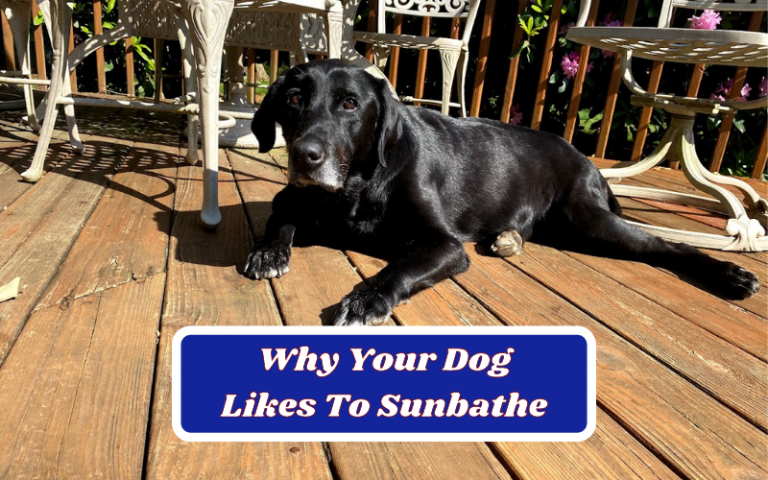
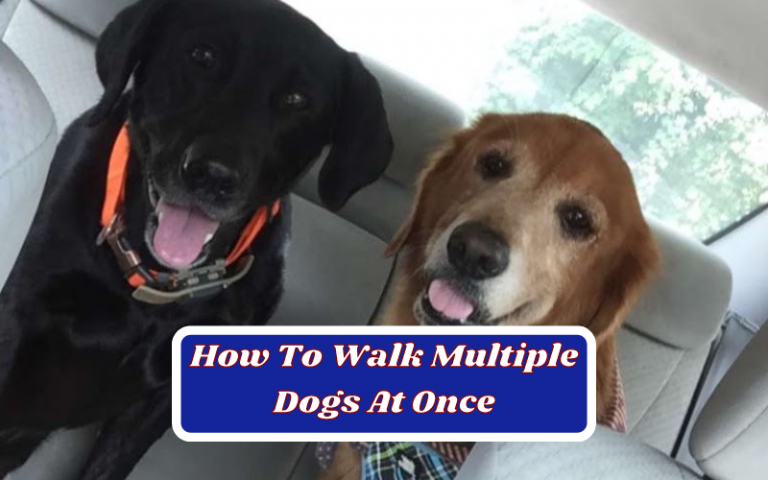
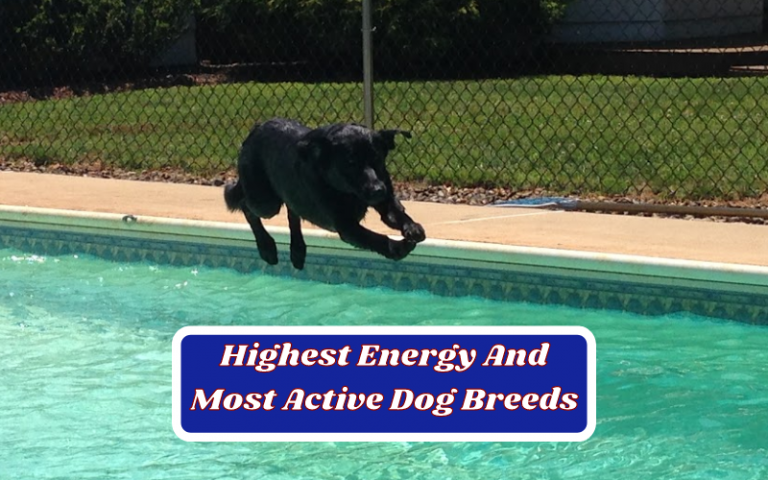


4 Comments